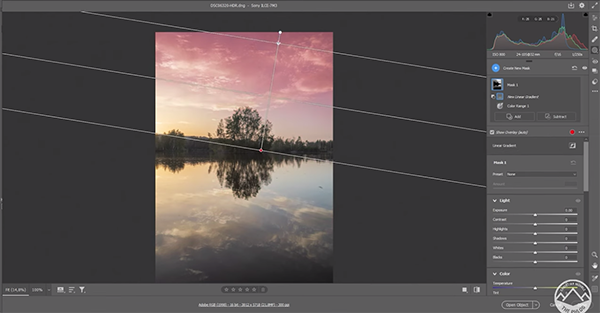You’re Using the Contrast Tool Wrong if Crunchies Ruin Your Photos (VIDEO)
Photoshop offers such a broad array of capabilities that there are often several ways to accomplish the same task—some more complicated and than others. And often the best way to use a particular tool is just as easy and effective as doing things wrong.
Today’s tutorial from the Photoshop Café YouTube channel urges to stop taking the common approach with Photoshop’s popular Contrast tool that has a way of spoiling an image by introducing a dreaded harsh look known as “the crunchies” that often quickly spoils an image. In fact, the manner in which some photographers employ this tool delivers images that are worse than if you did no editing at all.
Instructor Colin Smith is an expert at all thing Adobe who frequently posts lessons that simplify seemingly difficult tasks. In this episode he provides a “reimagined” use of Photoshop’s Contrast tool that delivers superior results. Best yet, his method takes less than two minutes to explain, and it’s just as quick and simple to employ.

Smith pulls up a shot of a seascape scene with waves crashing ashore. He then clicks on the Filter tab atop the screen and chooses the Camera Raw Filter option from the dropdown menu. The Contrast slider appears under the Light section in the panel that appears. So here’s the problem: According to Smith, “most of the time when people want to increase punch in a photo they simply use the Contrast slider.”
However, all this does is deepen the darks and brightens the whites. Unfortunately, this uninformed method often creates what Smith says are “horrible looking photographs” that are crunchier that a stale cookie. In short, there’s a better way that provides much fresher results.
At first, Smith approach to achieving more POP seems counterintuitive because it starts by reducing the amount of contrast to create a “less dense’ photograph for the quick tricks that follow. As he explains, contrast is the equivalent of modifying blacks and whites—the two sliders at the bottom of the Light panel. In other words, “when we use Contrast it’s all together, but if we use blacks and whites separately we now have individual control.”

You’ll see the how this works when Smith ignores the Contrast slider and, instead, slides whites to the right and blacks to the left. The trick is to do this in a slow, deliberate manner until you see exactly what you want.
Smith provides samples of how the image appears after using the Contrast slider, employing the approach he recommends, and with no adjustments at all. It’s obvious that his method delivers superior results with more detail throughout the shot. and a far cleaner look. Who knew?
There are more quick editing tricks on Smith’s instructional YouTube channel, so visit there often and whenever you run into a jam.
We also recommend watching a tutorial we posted recently from an accomplished photographer who clears up misconception about the proper use of a camera’s aperture settings for optimum results.









